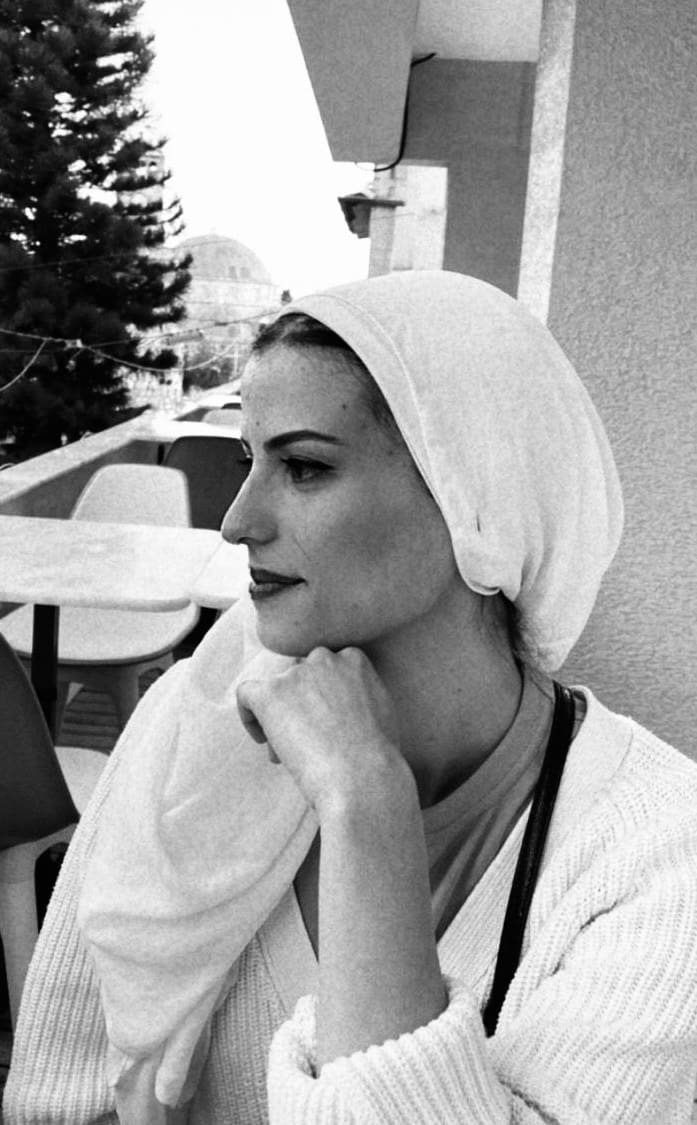Bling bling jewelry is like ‘Superman juice.’ It is Slick Rick and his double gold chains with large links, imperial red crown and precious stones. It is the diamond grillz smile. It is the iconic image the book Ice Cold begins with. It is also the ...




